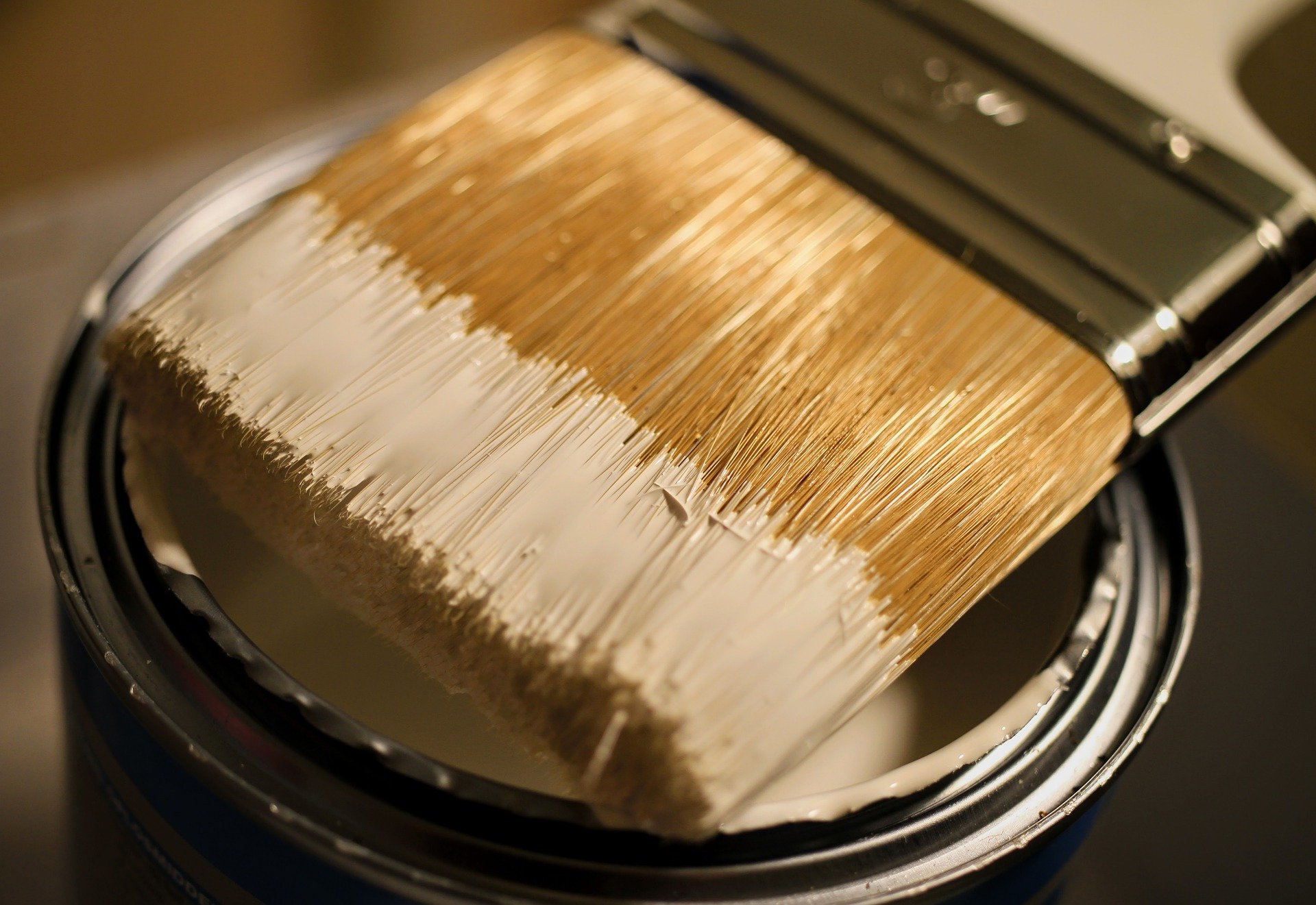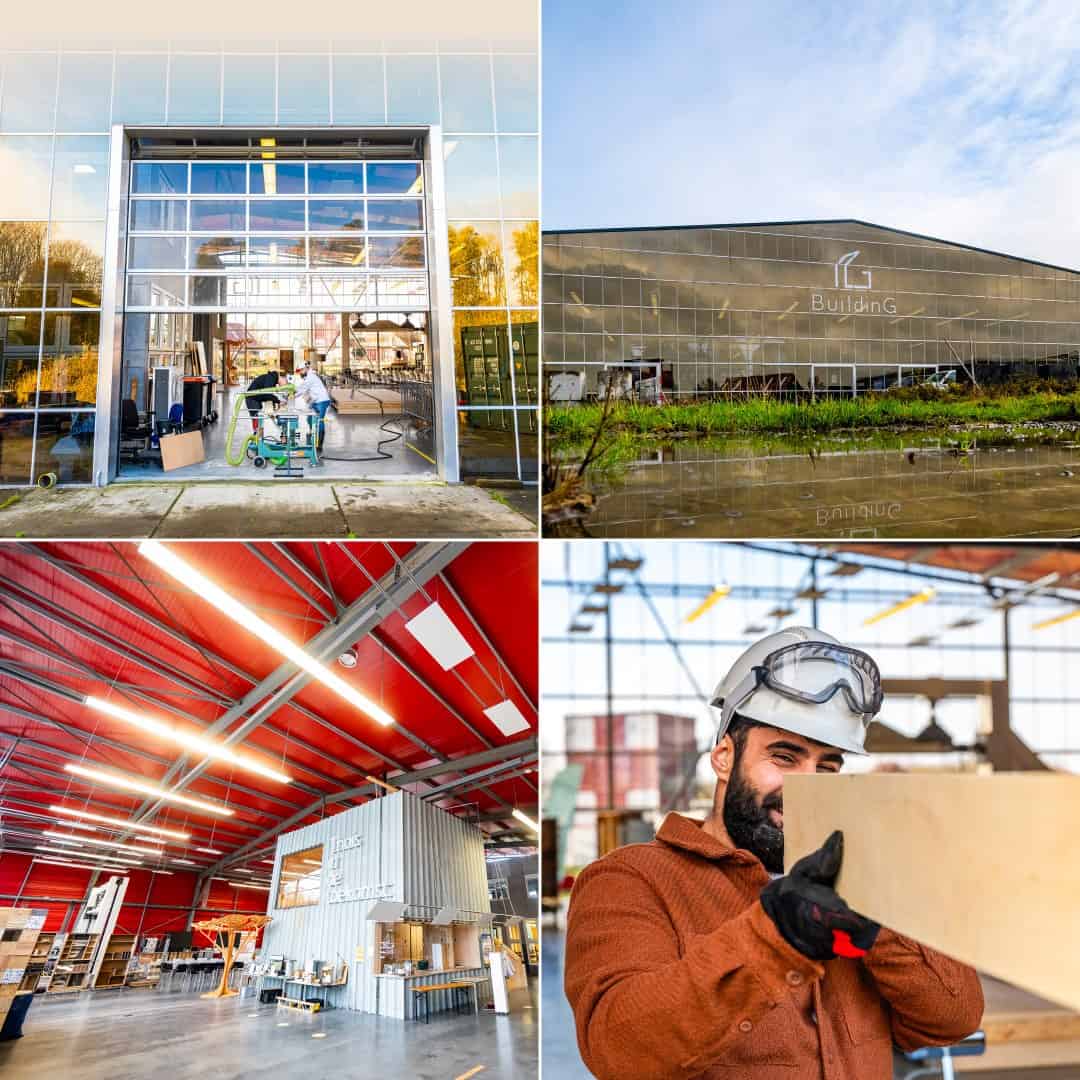
Paint is, of course, not just there because of the great color. You need it to protect wood and metal from the weather and general wear and tear. Which in turn makes them more sustainable. Without paint, the Eiffel Tower would have long since rusted and collapsed. The only problem is that paint itself is not sustainable at all. Together with paint manufacturer AkzoNobel, chemists from the Dutch University of Groningen (RUG) have developed a technique to make an environmentally friendly one based on biomass. This new paint should eventually replace petroleum-based acrylic paints.
Most coatings are made up of chains of acrylate monomers. The global production of these acrylates amounts to around 3.5 million metric tons per year. All produced from petroleum. RUG scientists, led by professor of organic chemistry Ben Feringa, have teamed up with AkzoNobel developers to create a new paint based on lignocellulose.
“Lignocellulose is,” as George Hermens, PhD student in the group of Feringa explains, “the most common form of biomass on earth. Approximately 20 to 30 percent of the woody parts of plants are made up of that substance.” This biomass is currently mainly used as fuel in power plants or in the production of biofuels.
No waste
You can use acid to crush lignocellulose into the chemical building block furfural. “But then you have to modify that to use it to make coatings,” Hermens elaborates in a press release from the university. He used a process that the Groningen group developed in recent decades to convert furfural into a compound called hydroxybutenolide. This is similar to acrylate.
“Only light, oxygen and a simple catalyst are needed for the chemical conversion. There is also no waste. The only byproduct is methyl formate, which in itself is useful as a substitute for chlorofluorocarbon, as in CFCs, in other processes.”
Diverse applications
One part of the structure of the hydroxybutyrolide is very similar to acrylate. However, in order to make usable polymers from this substance, the molecule had to be modified first. This was done by linking several green or bio-based alcohols to the hydroxybutenolide. Four so-called alkoxybuten solid monomers were created as a result. These monomers are relatively easy to convert into polymers and coatings with the aid of a starter compound and UV light.
“Coatings are composed of knotted networks of polymer chains. We were able to create these types of networks with different properties by combining different monomers.”
For instance, all coatings adhered to glass. But in order to paint plastics, a combination of these coatings had to be applied a second time. A harder coating was created by using stiffer monomers. It had properties similar to those used on cars. This process enables the coatings to be adapted to a variety of applications.
Sustainable raw material
“We have succeeded in making coatings from a sustainable raw material, lignocellulose, with the use of green chemistry,” Hermens notes. “The quality is comparable to existing acrylate-based coatings.” AkzoNobel has applied for a patent covering two different steps in the process. Hermens is now working on the production of another building block derived from furfural with a view to making other types of coatings..
New chemical processes
The project originated from the Advanced Research Center Chemical Building Blocks Consortium, a public-private national research center for the development of sustainable chemistry based on new chemical processes. In this consortium, Utrecht University, Groningen University and Eindhoven University of Technology are working together with industrial partners AkzoNobel, Shell, Nouryon and BASF and the Dutch Ministries of Education and Economic Affairs, plus research financier the Dutch Research Council (NWO).
The research has been published in the academic journal Science Advances.
Also of interest: Making crude oil from paper pulp? Vertoro creates this ‘green gold’








